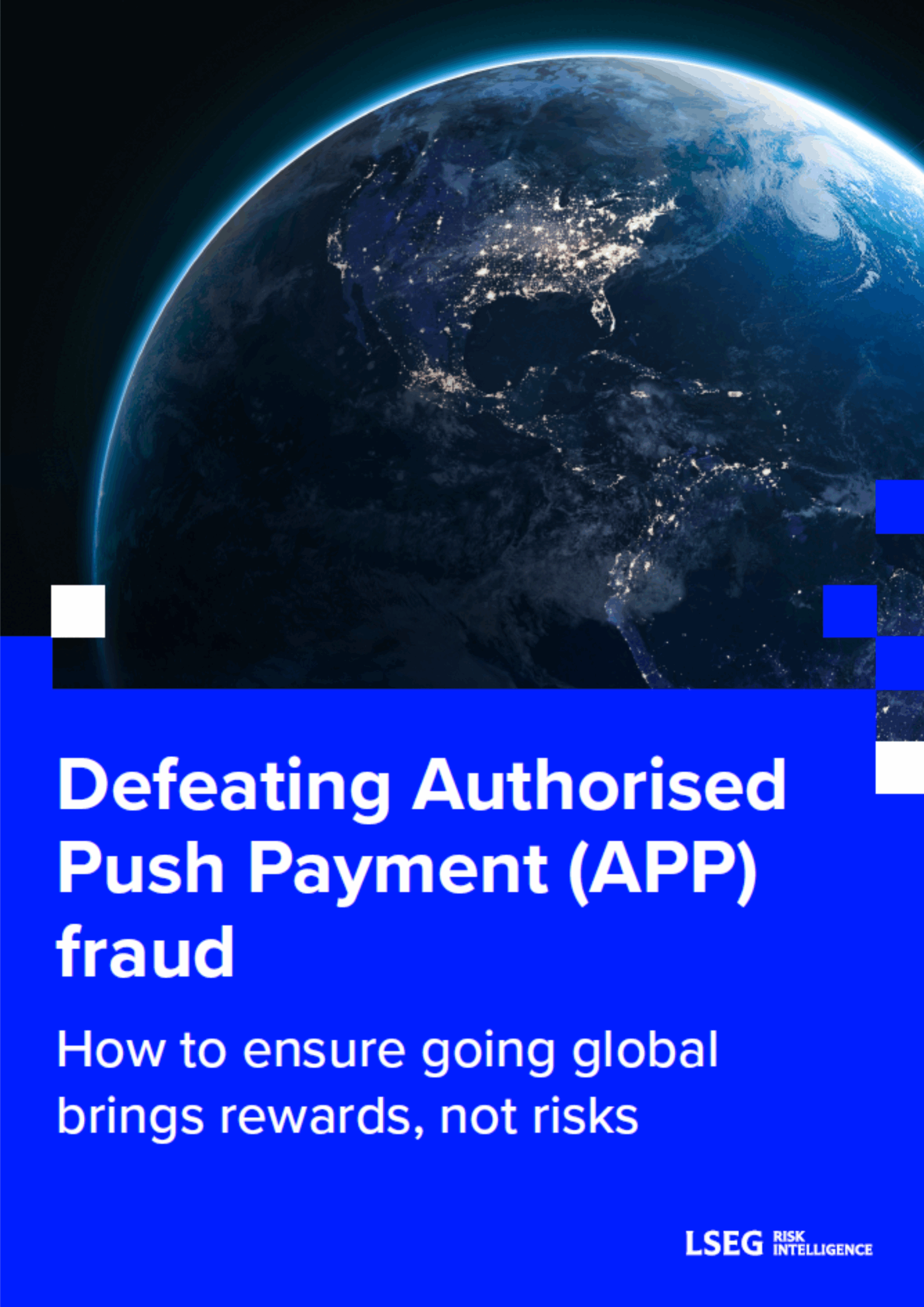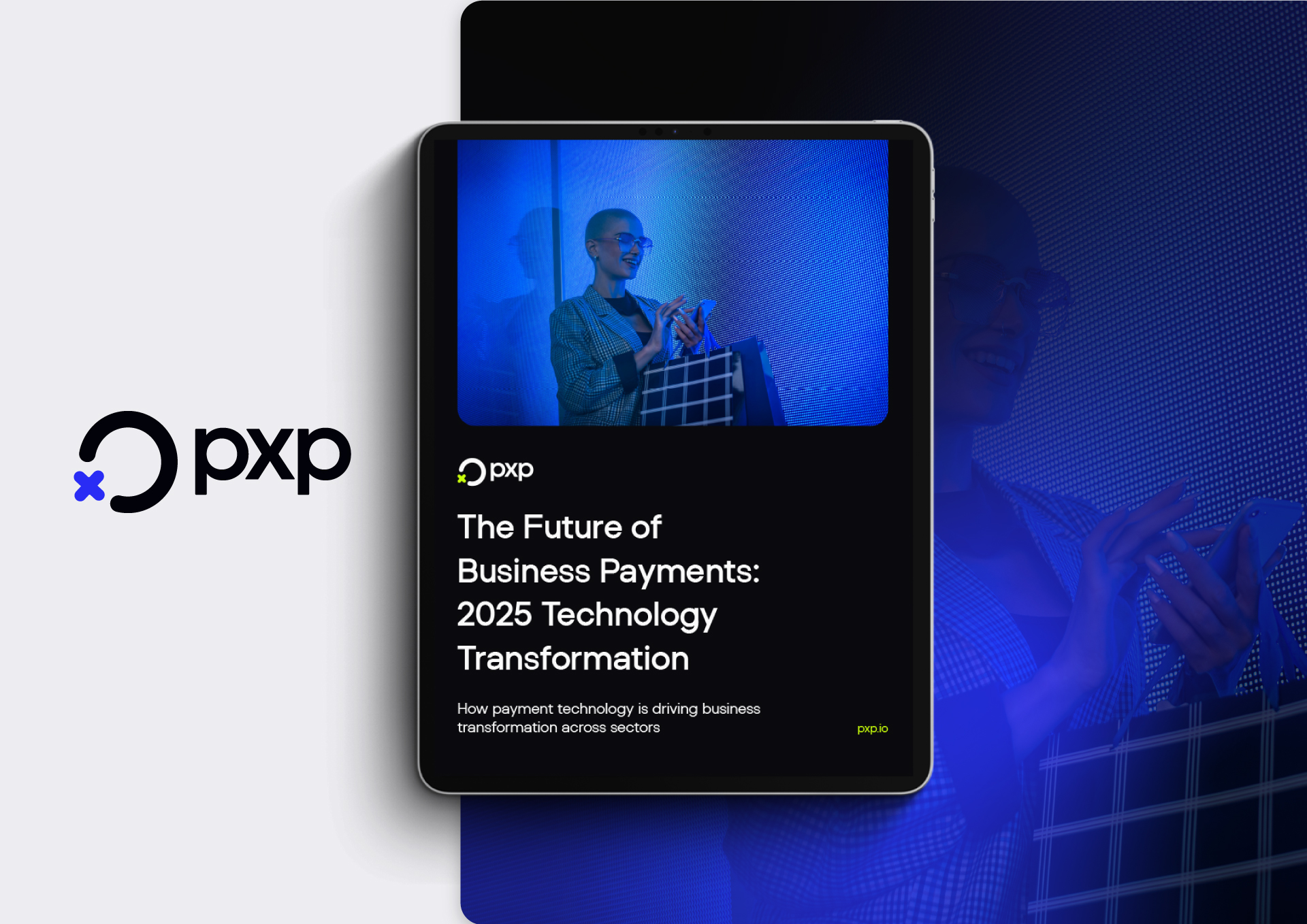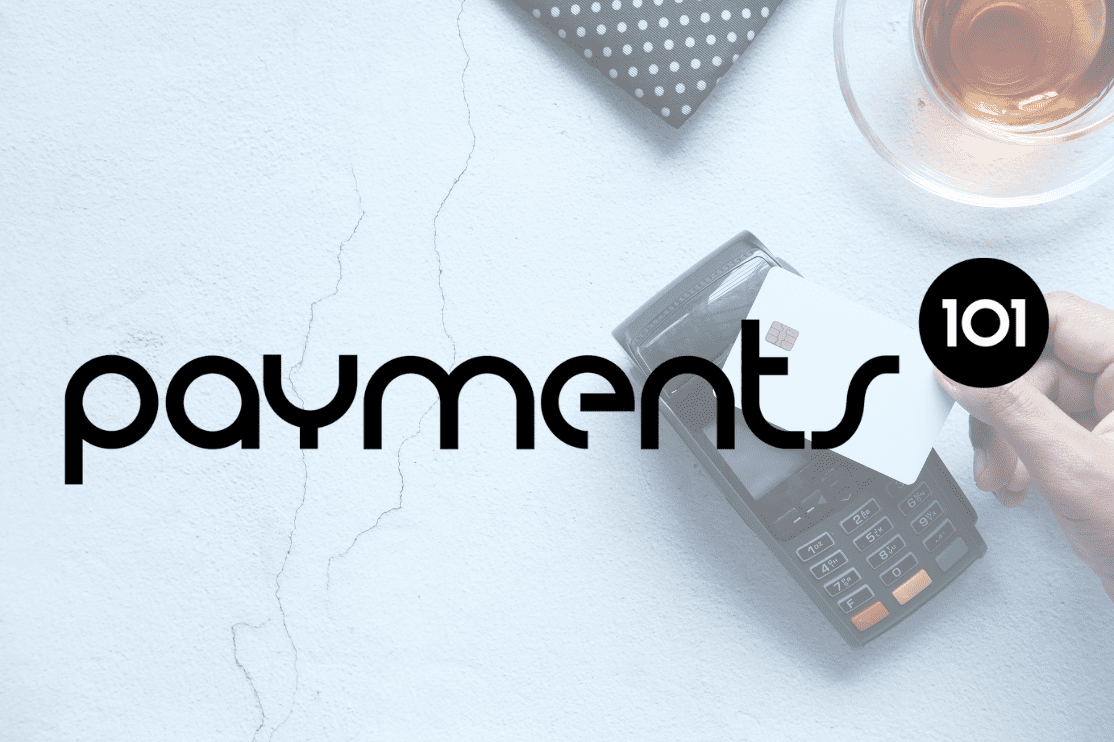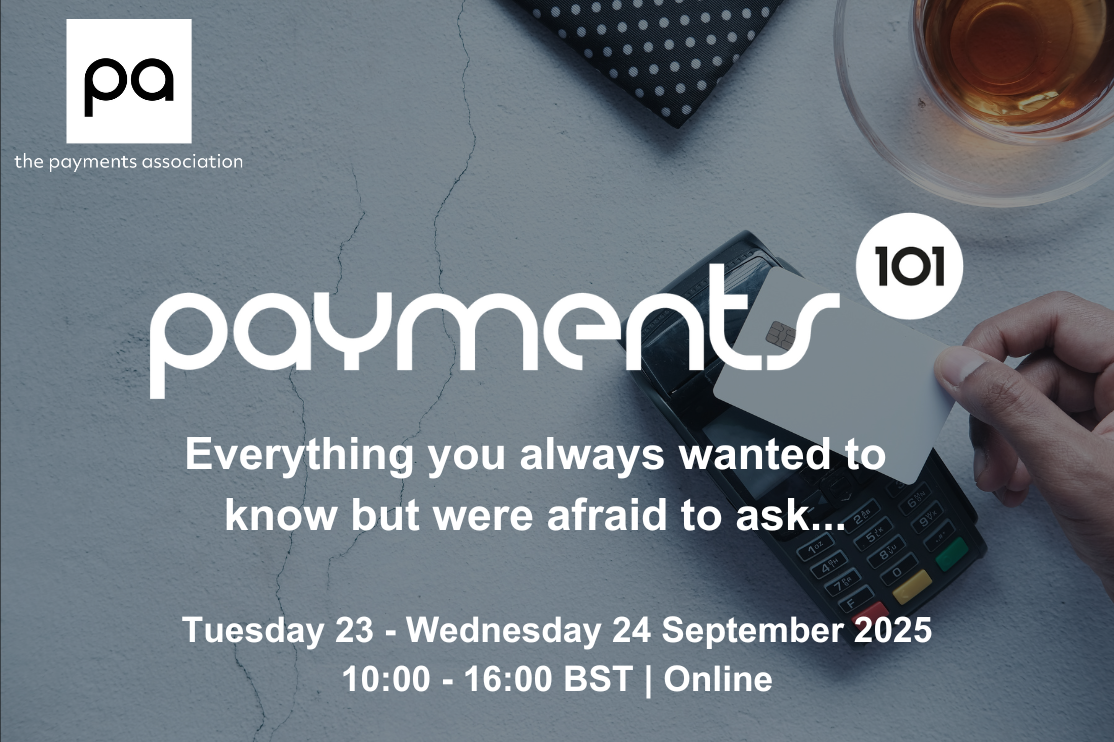Virtual cards gain momentum in Q3 as merchants seek faster, safer, and more scalable ways to manage business spend and streamline payments.
From single-use novelty to a strategic spend tool, virtual cards have come a long way. Today, merchants and businesses are under increasing pressure to optimise cash flow, so control and flexibility are everything.
Meanwhile, finance leaders are seeking ways to streamline manual processes, enhance visibility, and foster resilience across business payments. And more often than not, they’re turning to virtual cards.
Virtual card adoption is rising across ecommerce, retail, and marketplace models. And not just for employee expenses, but for supplier payments, project budgets, and operational outflows. This shift is driven by the ease of issuance, built-in controls, and alignment with current business payment needs.
Here’s how leading businesses are using them to move faster, spend smarter, and operate with more confidence:
Virtual cards deliver real-time control over business spend
Forget reimbursements and surprise expenses. With virtual cards, merchants can issue department-specific cards instantly. These cards can be configured with spend limits, expiry dates, and usage controls.. Some businesses issue dedicated cards for functions such as marketing, operations, and events — each linked to a named user. That means full transparency over who spent what, where, and why.
Compared to traditional cards or bank transfers, virtual cards offer a more intuitive user experience and stronger control features for finance teams.
56% of CFOs now see virtual cards as key to financial flexibility. That’s because merchants using virtual cards reduce reconciliation time, cut fraud exposure, and gain better visibility across spend categories.
Virtual cards simplify supplier payments and speed up reconciliation
Virtual cards aren’t just for T&E; they’re powering global B2B payments too. Some cross-border marketplaces utilise virtual cards to pay vendors in multiple currencies, thereby automating the process and reducing the days required for reconciliation.
With built-in metadata, virtual cards enhance payment traceability and automate reconciliation, while providing suppliers with faster access to funds.
Survey data indicates that companies using virtual cards for supplier payments report improvements in speed, security, and transaction detail.
The result? Better supplier relationships, more substantial cash flow, and fewer missed payments.
Virtual cards enhance security and reduce fraud exposure
Physical cards get lost. Account numbers get phished. Virtual cards offer a better way. Some e-commerce brands have adopted single-use virtual cards for one-off or high-risk supplier payments. This reduces fraud without slowing down operations.
Virtual cards, meanwhile, can be issued, frozen, or cancelled in seconds, with zero risk to underlying accounts. They benefit from the same tokenisation and device-level security used in modern smartphones. 59% of buyers are willing to switch suppliers who don’t accept virtual cards. This approach reduces risk while maintaining flexibility, and may be a differentiator for vendors who prioritise virtual payments
Virtual cards support digital growth and sustainability at scale
With more transactions occurring online, merchants require a payment method that keeps pace with the rapid growth of digital commerce. Virtual cards integrate easily into digital wallets and accounting systems, and don’t require a new batch of plastic every time a team expands.
Virtual cards may also support sustainability goals by reducing reliance on physical plastic. Virtual card payments are projected to reach $175 billion by 2028, according to Juniper Research, up from $36 billion in 2023. This enables payment infrastructure to scale alongside digital and sustainability objectives.
The bottom line of virtual cards
Virtual cards are no longer an experiment. They are becoming a foundational component of modern payment systems, particularly for merchants aiming to enhance control and scalability. Whether it’s managing supplier payouts, enforcing spend policies, or replacing manual processes, virtual cards offer a more controlled and automated alternative to traditional spend management approaches.






























